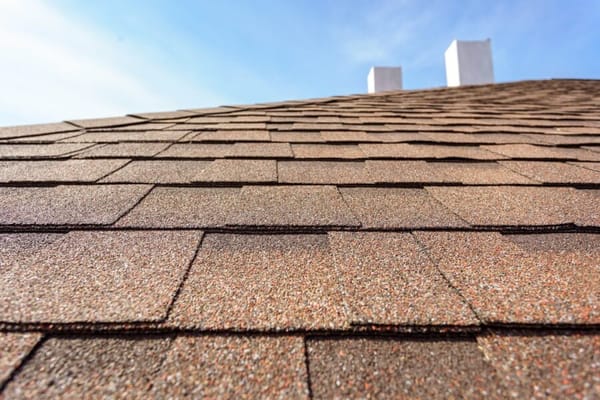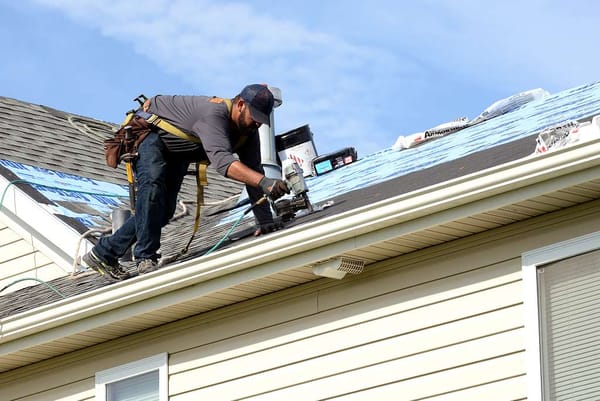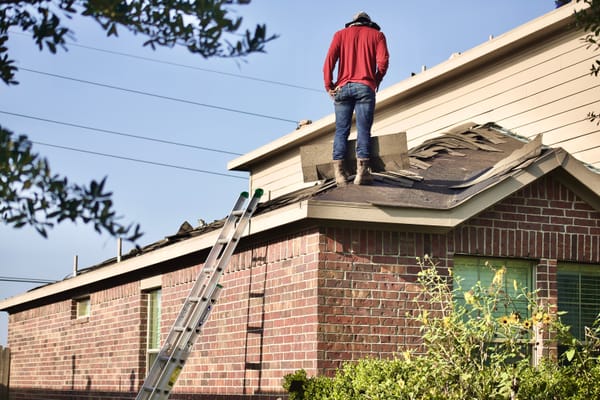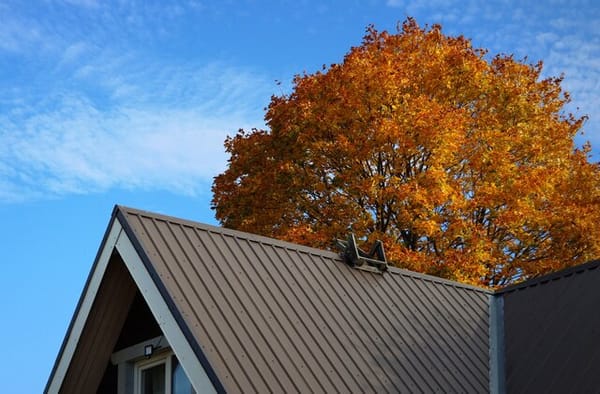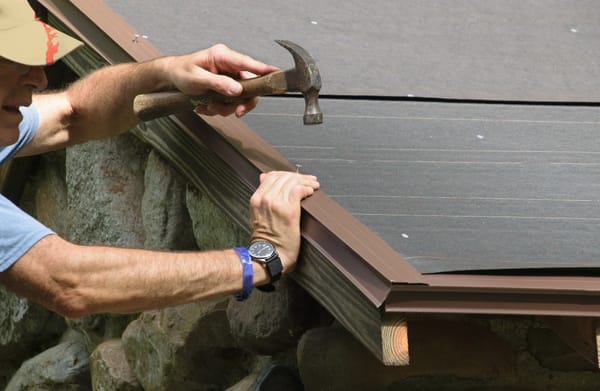Are you looking for a way to protect your home from the elements? Installing a flat roof may be just what you need. Flat roofs are becoming increasingly popular due to their low cost and ease of installation. But, before you start installing your own flat roof, it’s important to understand all the steps involved in the process.
This guide will provide a comprehensive overview of how to install a flat roof so that you can complete this project with confidence. From choosing the right materials to preparing your space and completing the final touches, we’ll cover it all! So let's get started on this journey towards an effective and efficient new roofing solution!
1. Prepare Your Space:
Before you begin any roofing project, it’s important to take the time to properly prepare your space. Make sure that all of the necessary tools and materials are gathered and ready for use. Additionally, check for any potential hazards in the area such as power lines or trees that could interfere with installation. In addition, if you plan on using ladders to access the roof, make sure that they are properly secured before starting.
2. Measure and Cut:
Once you have everything in place it’s time to start measuring and cutting the materials for installation. If you are wondering how to install a flat roof then you should know that flat roofs typically require measurements of both length and width so be sure to double-check your measurements before cutting. Once all the pieces have been cut to size, you will then need to attach them together using nails and sealant. Also, be sure to add a layer of waterproof membrane for additional protection.
3. Install the Roof:
Once everything is in place, it’s time to begin installing your new flat roof. This process typically involves laying down each piece one by one and nailing them securely into place. It’s also important to apply a sealant to all joins and overlaps for added security. Once the flat roof is installed, you can then add a layer of gravel or soil to the top of the roof in order to help protect it from extreme weather conditions.
4. Final Touches:
Once your flat roof has been successfully installed, it’s time to complete the final touches. This includes painting the roof and adding a layer of insulation to protect it from extreme temperatures. Additionally, you may want to consider adding gutters and downspouts if necessary. These steps are important for making sure that your flat roof will be able to withstand even the harshest elements.
Installing a flat roof is not as difficult as it may seem. With the right preparation and materials, you can complete this project with confidence. Remember to measure and cut all of your materials before beginning installation, apply a sealant to any joins or overlaps for added security, install gutters and downspouts if necessary, and add insulation for protection against extreme temperatures. By following these steps carefully, you will be able to create an effective new roofing solution that will last for years to come!


